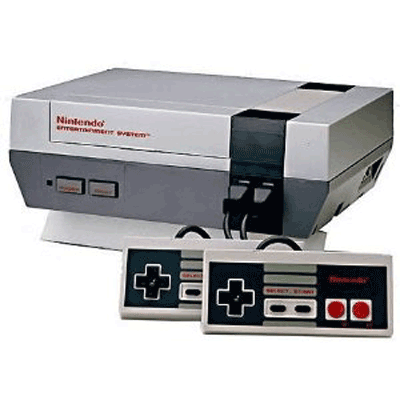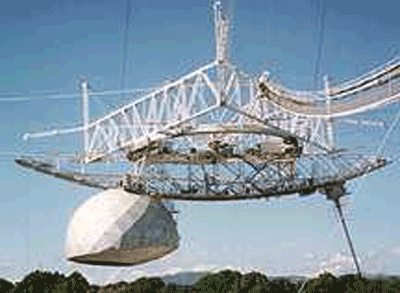October 29 – November 2
BY NICOLETTE EMMINO
Wonder what monumental events happened in the history of technology this week? Take a look.
October 29, 1969. First data travels between two nodes of APRPANET

ARPANET (Advanced Research Projects Agency Network) was the first operational packet-switching network and what would become the Internet. This event was one of the first big trials of the idea we’re so familiar with today — to network computers to each other. The message read “lo” and travelled about 400 miles between UCLA and the Stanford Research Institute. The message was initially supposed to read “login,” but only the first two letters were successfully sent before the system crashed.
Packet switching is still the underlying technology behind the Internet today. Packet switching involves breaking down a message into pieces of data and sending them through multiple routes to another computer. ARPANET was funded by ARPA, now known as DARPA (Defense Advanced Research Projects Agency).
October 30, 1938. Orson Welles radio broadcast “War of the Worlds”

Orson Welles in the studio
“Ladies and gentlemen, we interrupt our program of dance music to bring you a special bulletin from the Intercontinental Radio News. At twenty minutes before eight, Central Time, Professor Farrell of the Mount Jennings Observatory, Chicago, Illinois, reports observing several explosions of incandescent gas, occurring at regular intervals on the planet Mars. The spectroscope indicates the gas to be hydrogen and moving towards the Earth with enormous velocity…”
This is what radio listeners heard on the night of October 30, 1938, when director and actor Orson Welles spoke these words, implying that Martians may have landed on Earth. Although it was intended for entertainment only, many listeners did not hear the opening announcement expressing that this was merely a radio adaptation and the radio play soon caused mass hysteria, with people thinking that there was a spaceship landing on Earth with someone “crawling out of the hollow top.”
October 31, 2007. The end of the Nintendo Entertainment System

The 8-bit video game console (known as the Famicom in Japan) used interchangeable cartridges and was released after the video game crash of 1983. It was released in New York in 1985 with an initial shipment of 1000,000 systems. The Nintendo Entertainment System began to steadily decline in popularity from 1991 until 1995 with the introduction of CD-ROM systems. The Nintendo Entertainment System became a collector’s item, but on October 31, 2007, Nintendo of Japan announced that it would no longer repair any systems due to a shortage of necessary parts.
November 1, 1963. The Arecibo Observatory opens in Puerto Rico

The Arecibo Observatory
The Arecibo Observatory (also called the National Astronomy and Ionosphere Center) houses a 1,000-ft radio telescope, the world’s largest single-aperture telescope. The Arecibo has the largest electromagnetic-wave–gathering capacity due to its large curved focusing dish. Its focused areas of research are radio astronomy, aeronomy, and radar astronomy.
One of Arecibo’s first discoveries was in 1964 when scientists used it to discover that the rotation rate of Mercury was not 88 days but only 59 days.
November 2, 1936. BBC Television Service become world’s first regular public television service

The BBC transmission tower
Although there had been some earlier broadcasts, the BBC broadcasts that occurred on this day from London were the world’s first public regular high-definition broadcasts. About 500 television received this broadcast. BBC television used a 240-line Baird intermediate film system and a 405-line Marconi-EMI system to broadcast. The Baird system used a mechanical camera to record programming while Farnsworth image dissector cameras were used for live programming. ■
Advertisement
Learn more about Electronic Products Magazine





